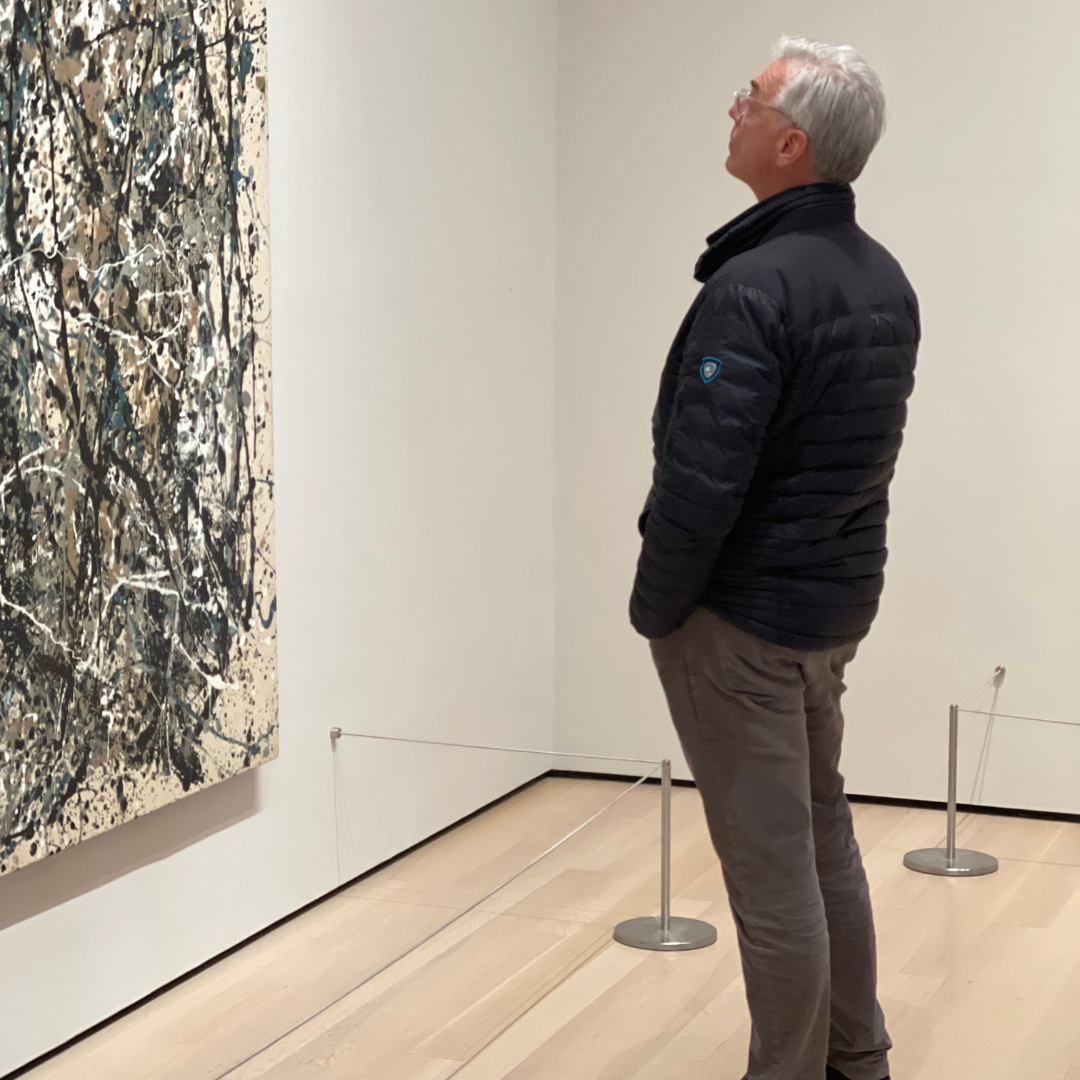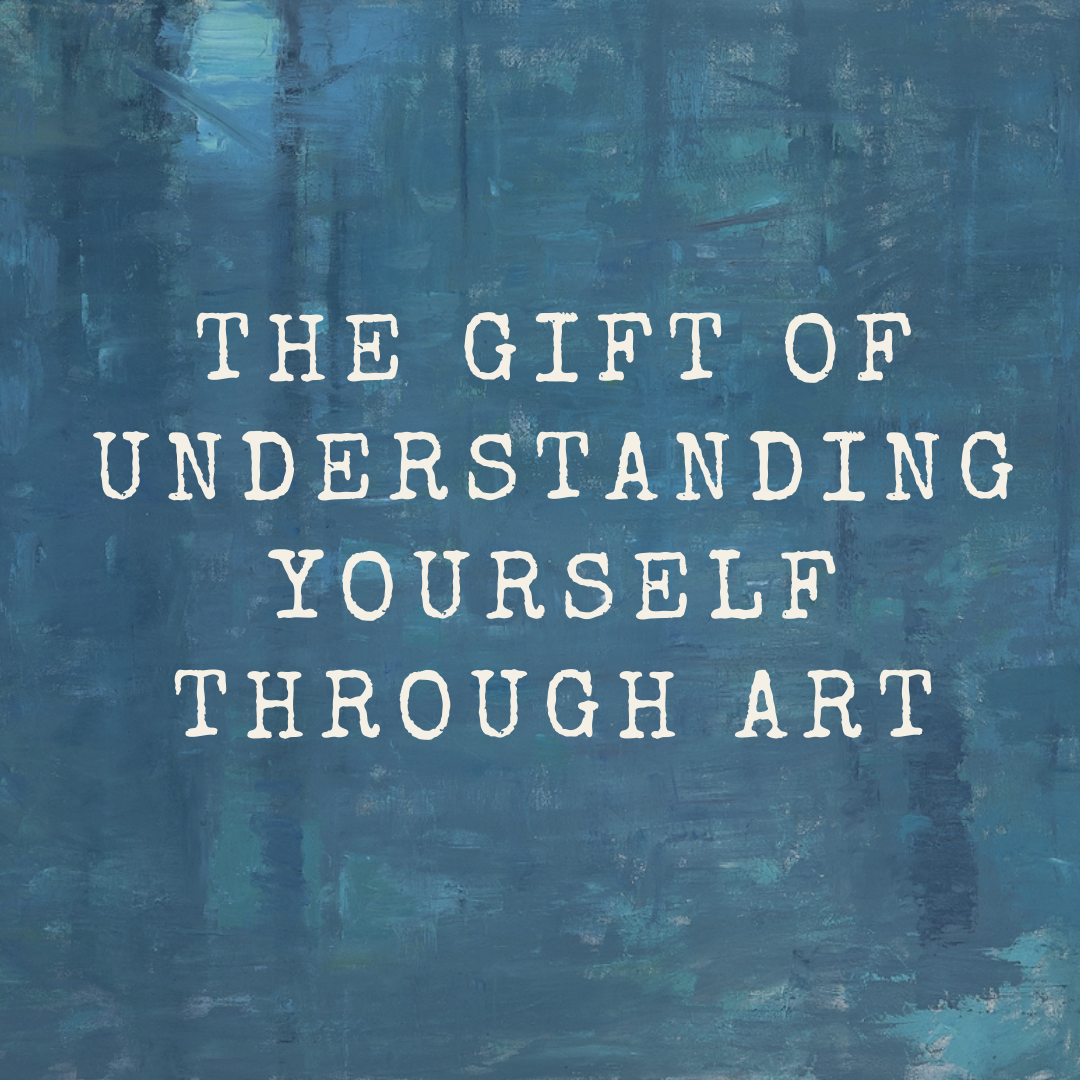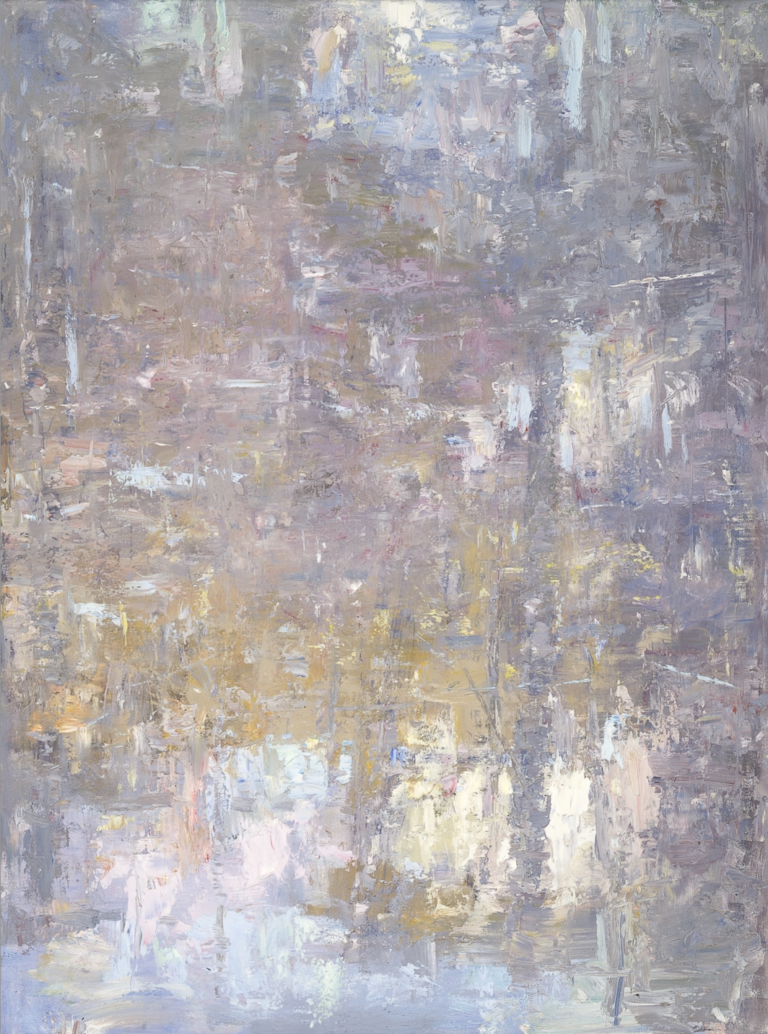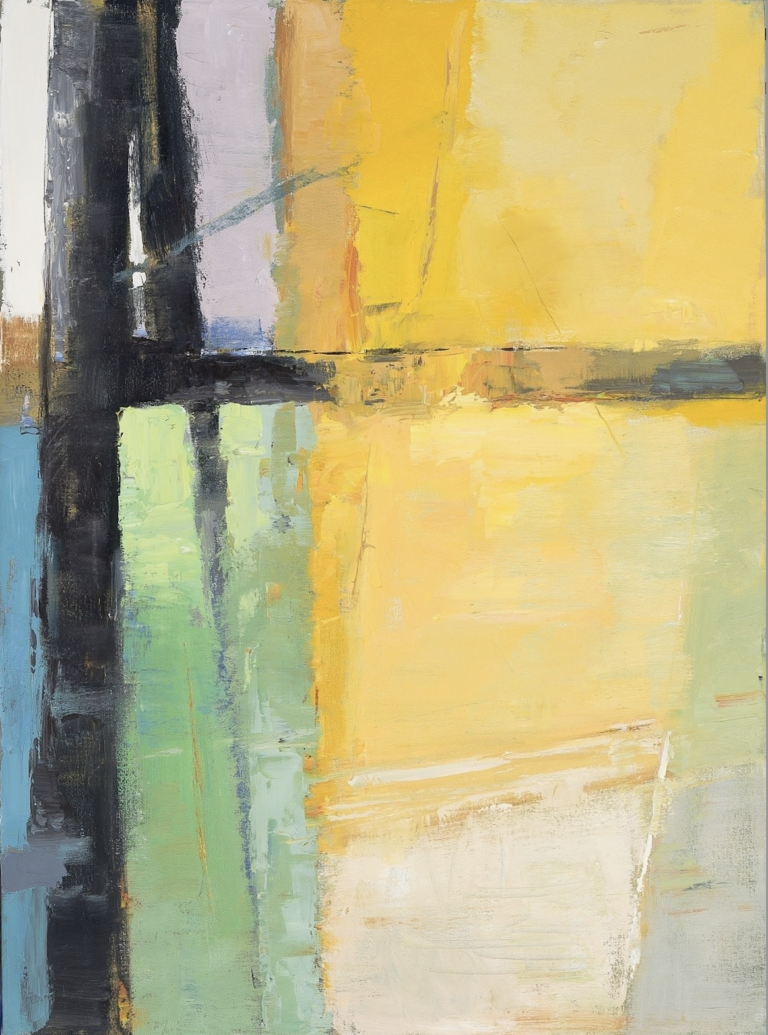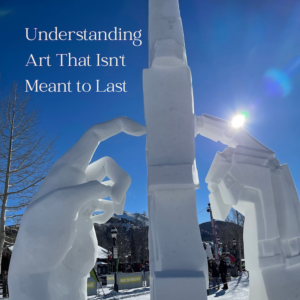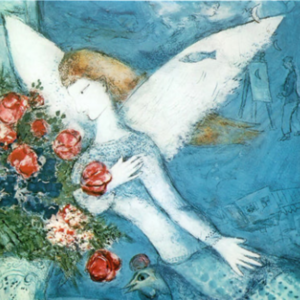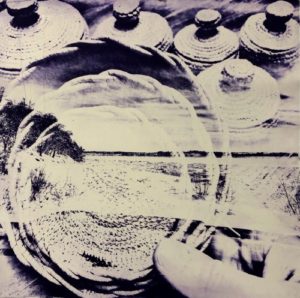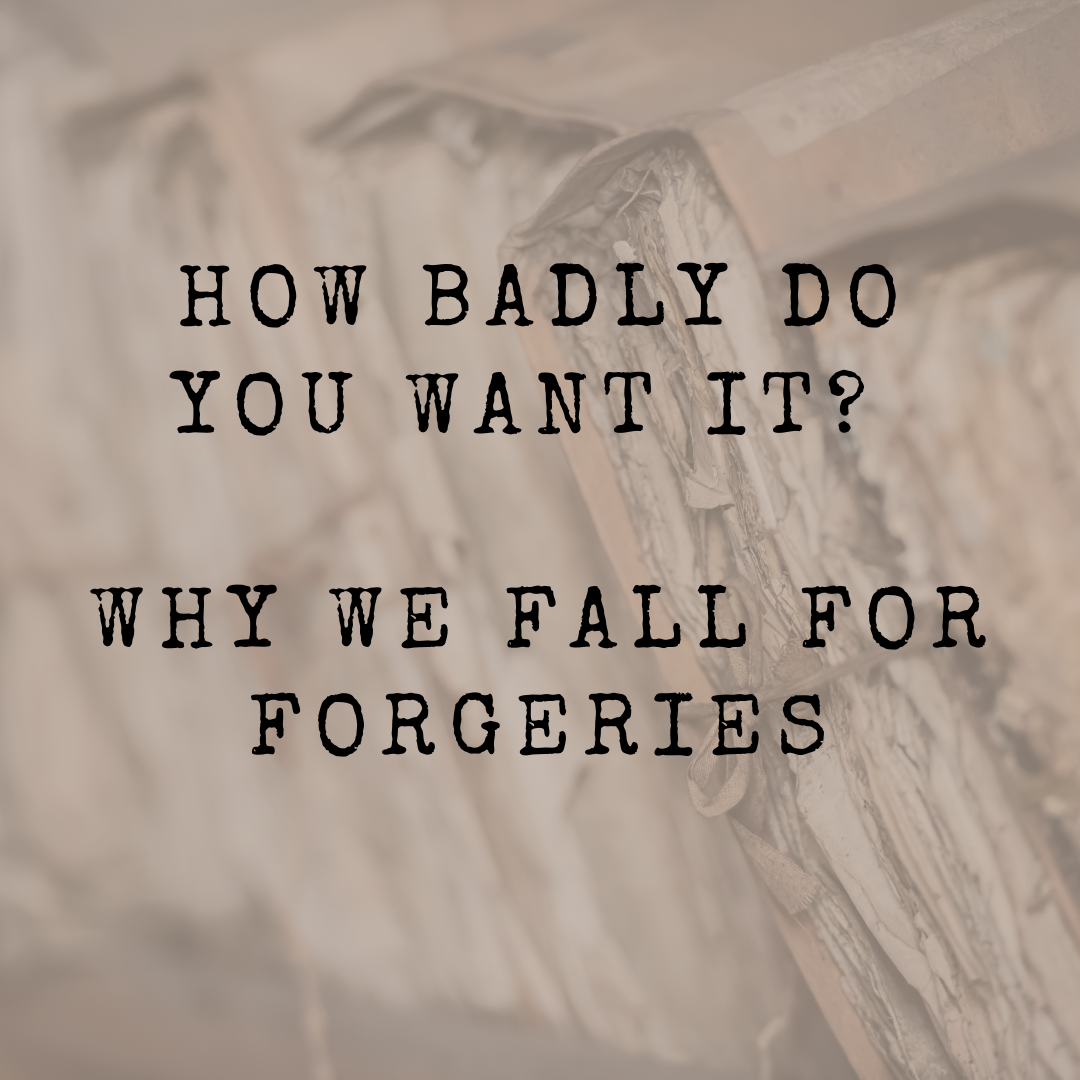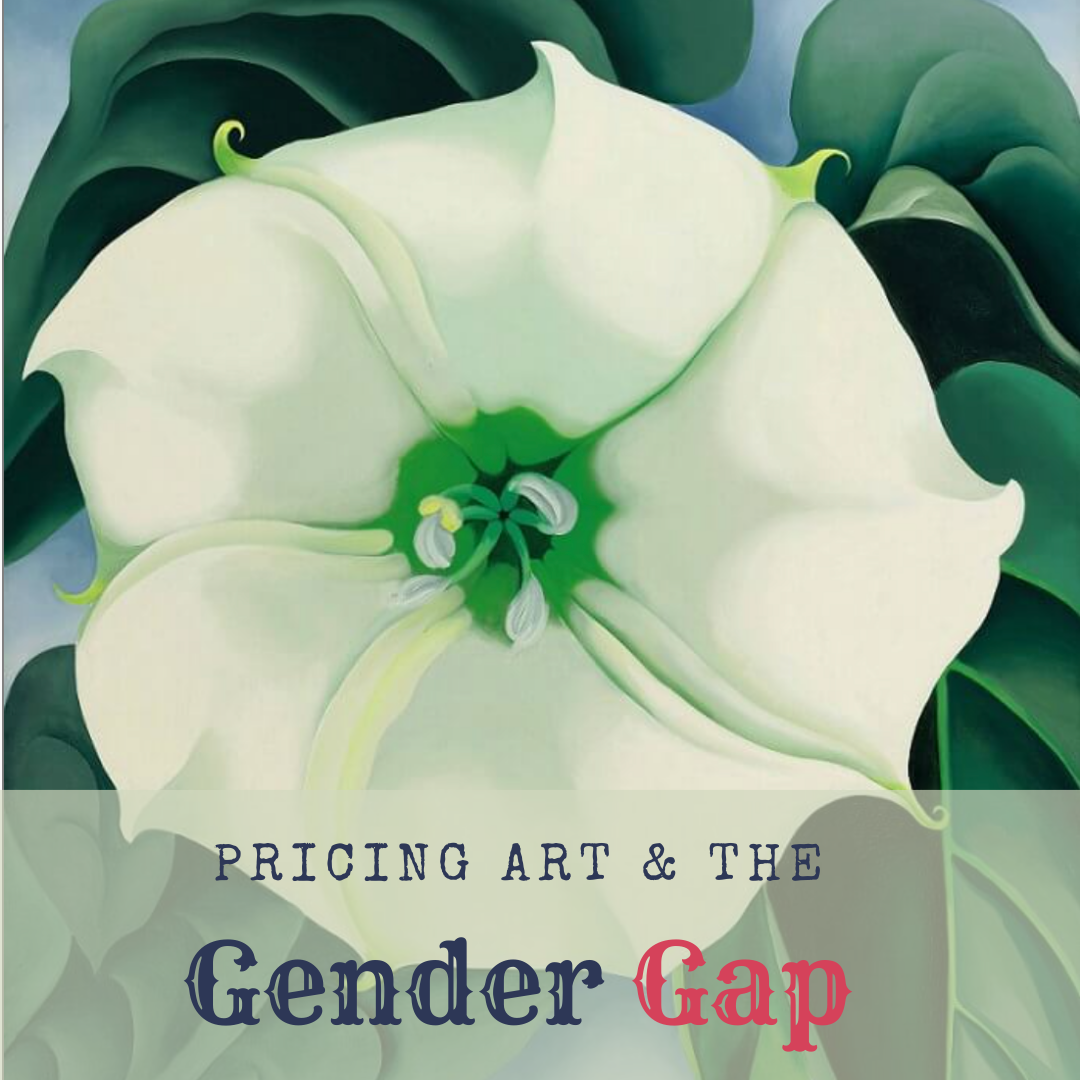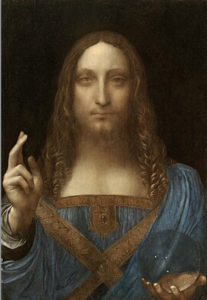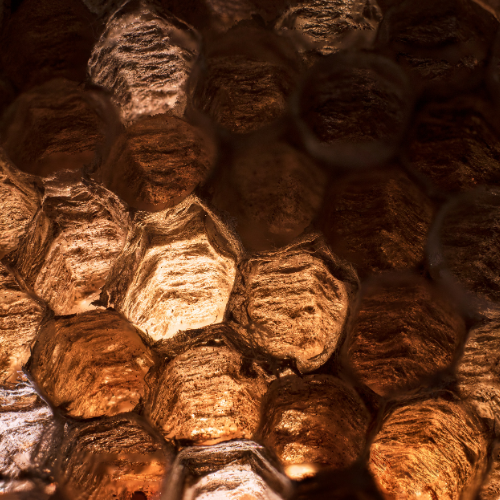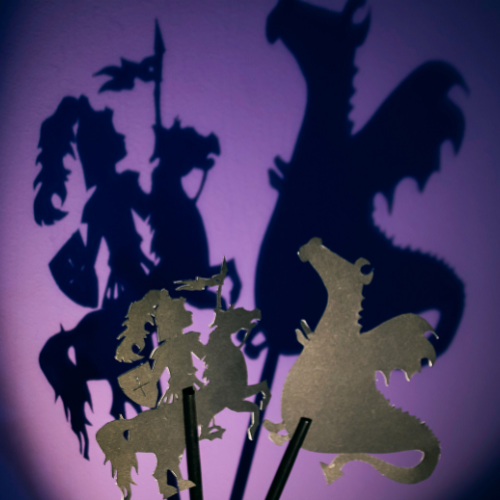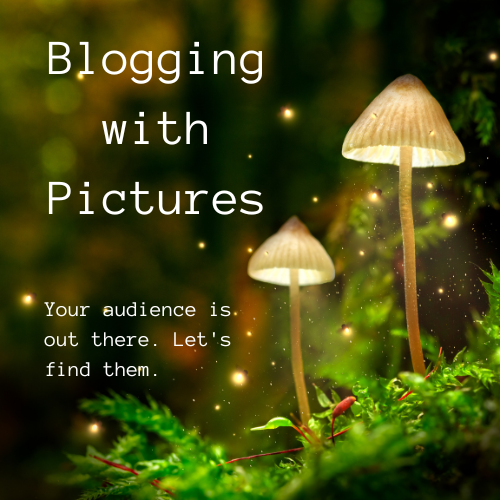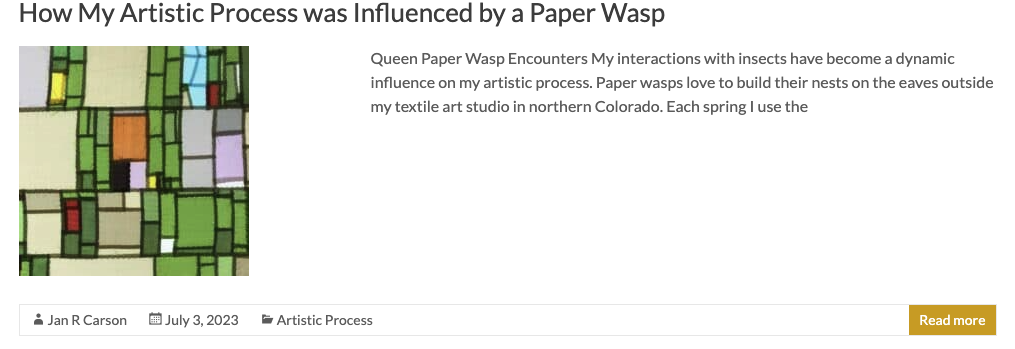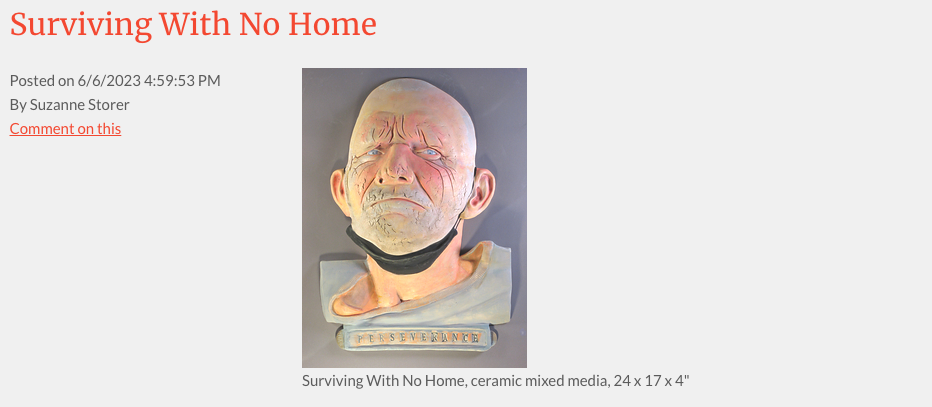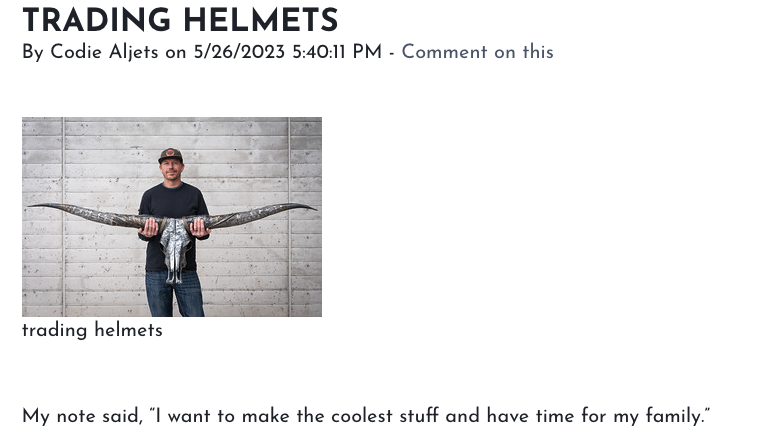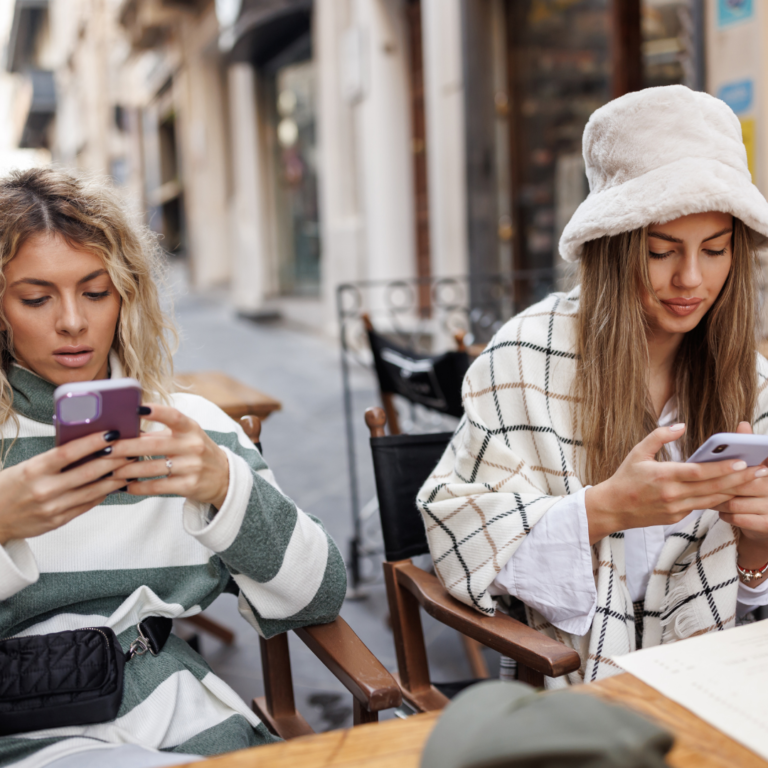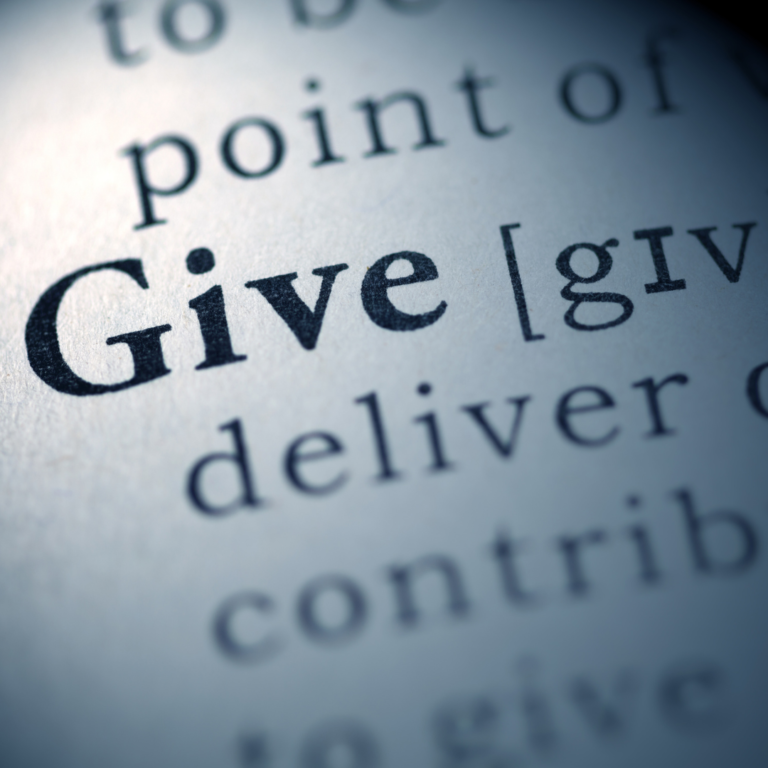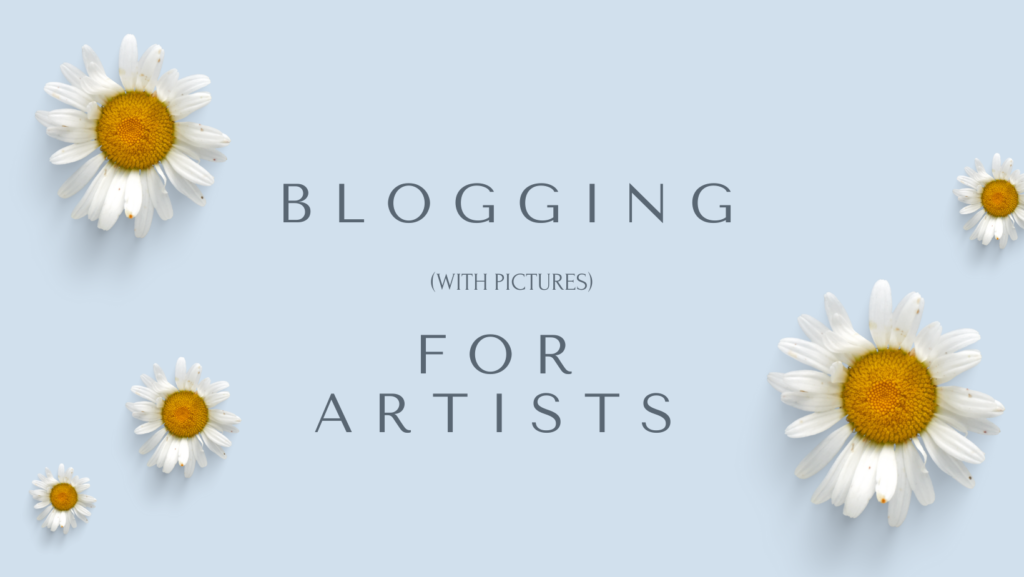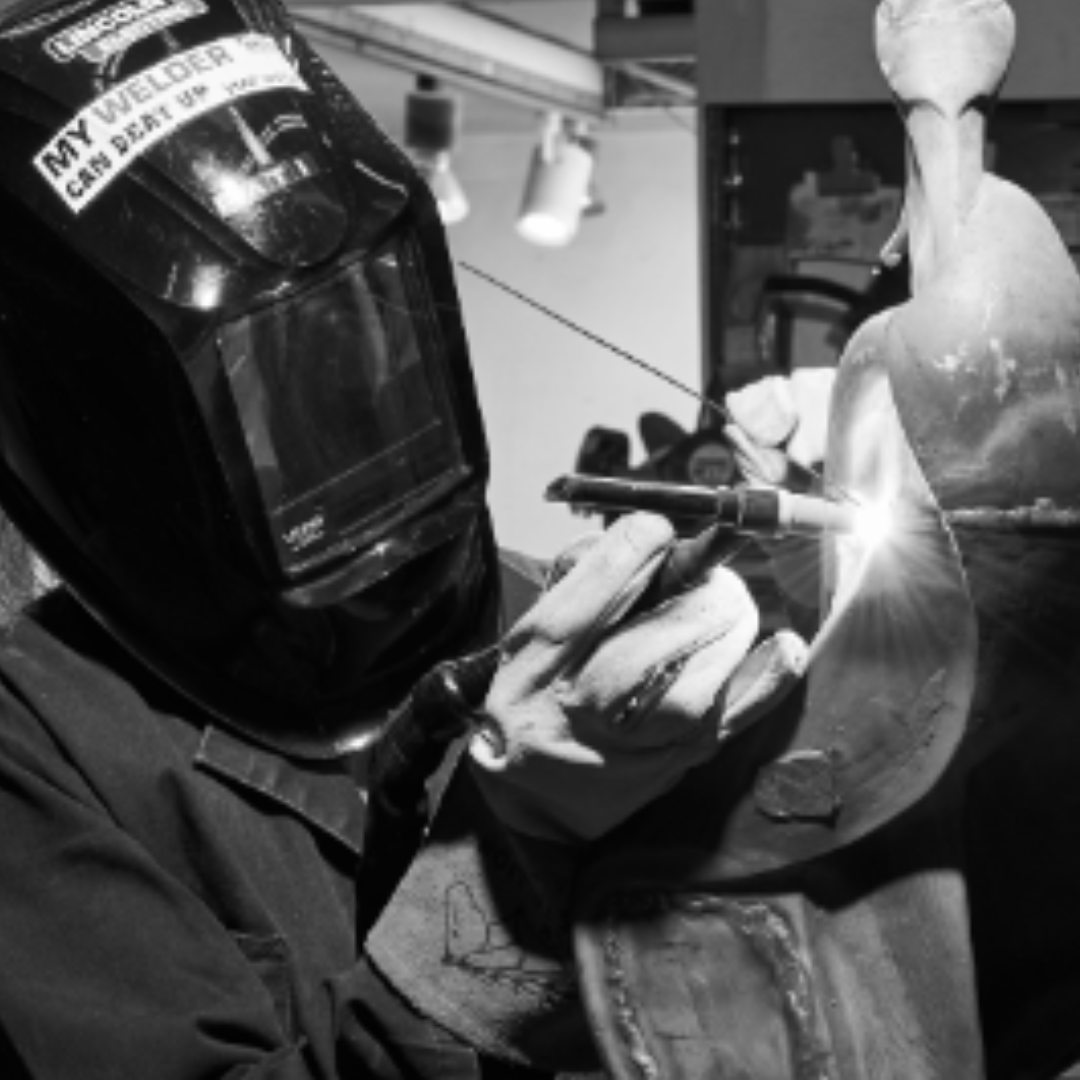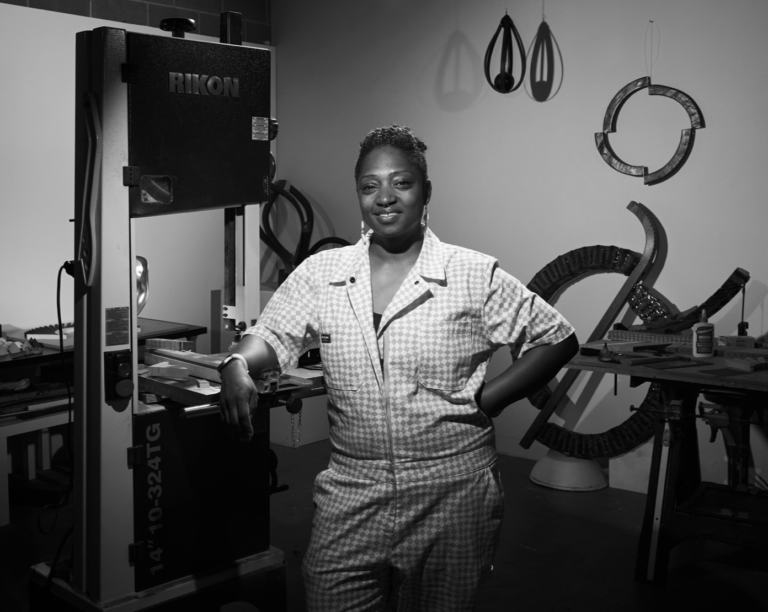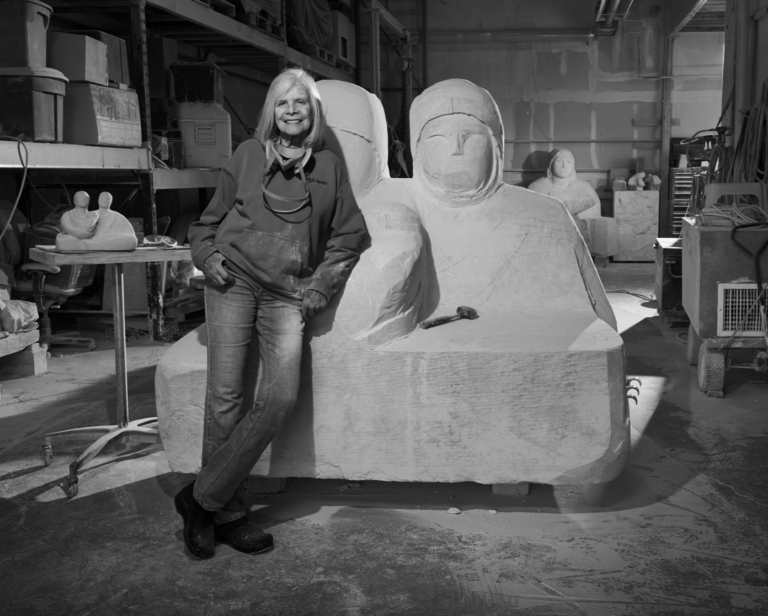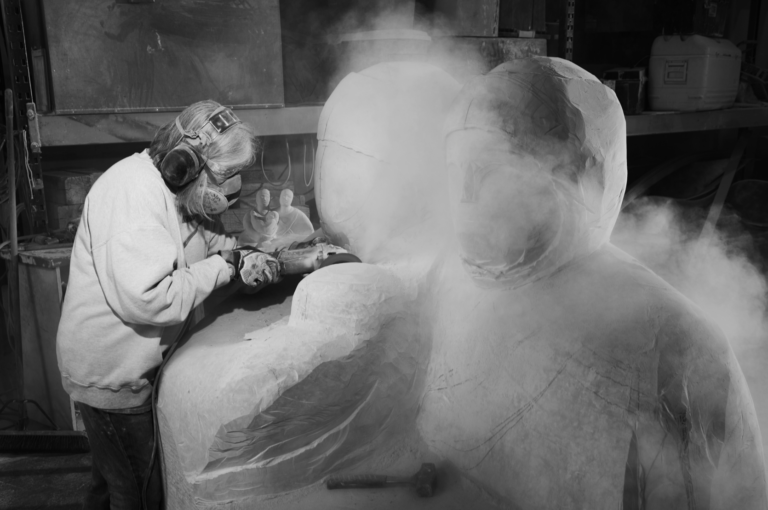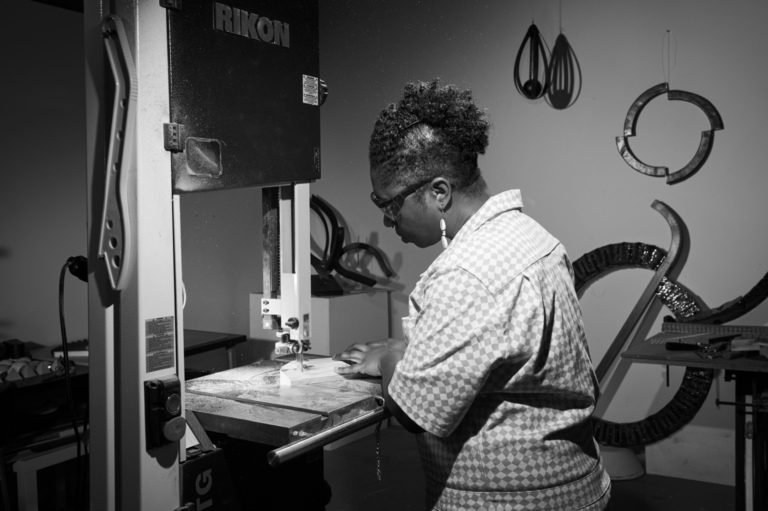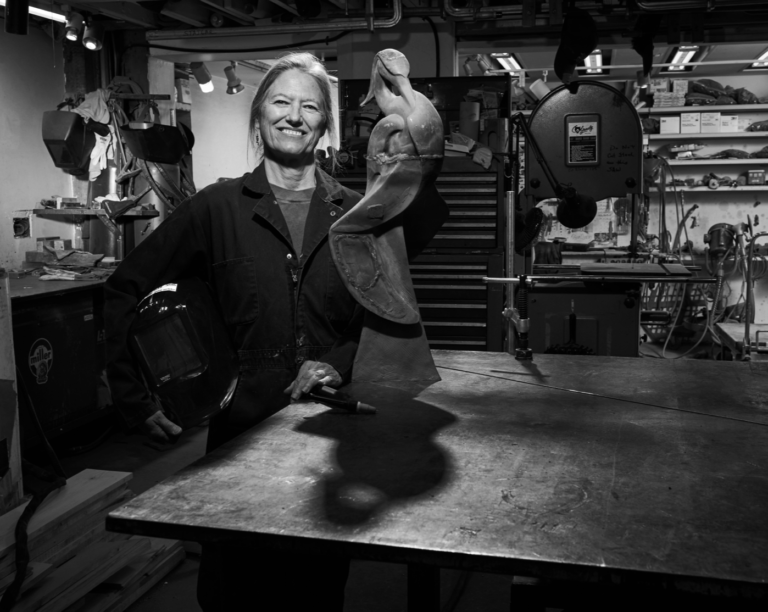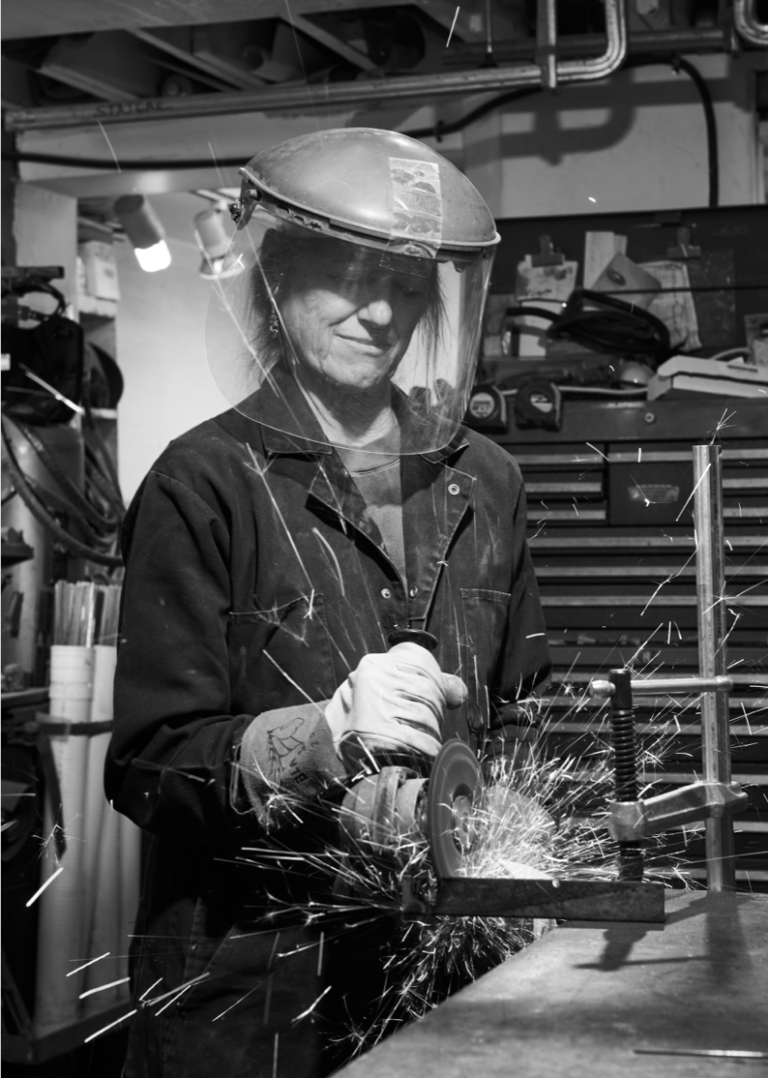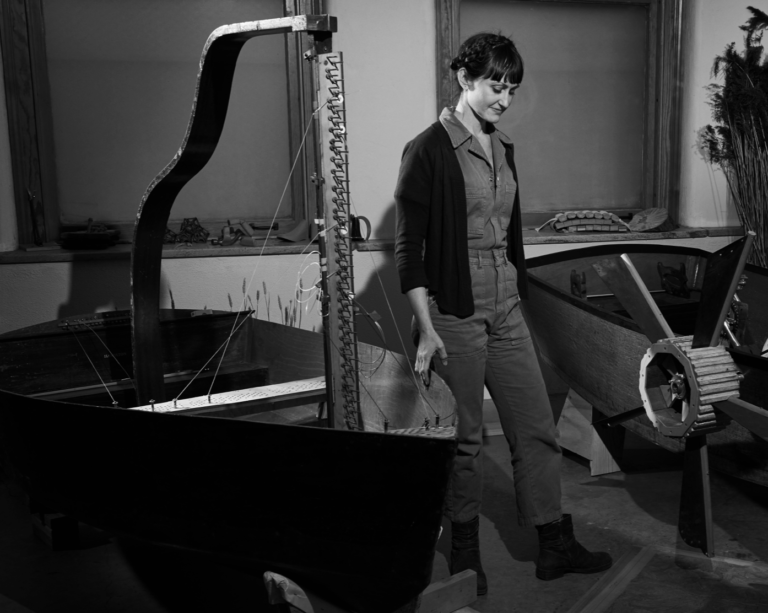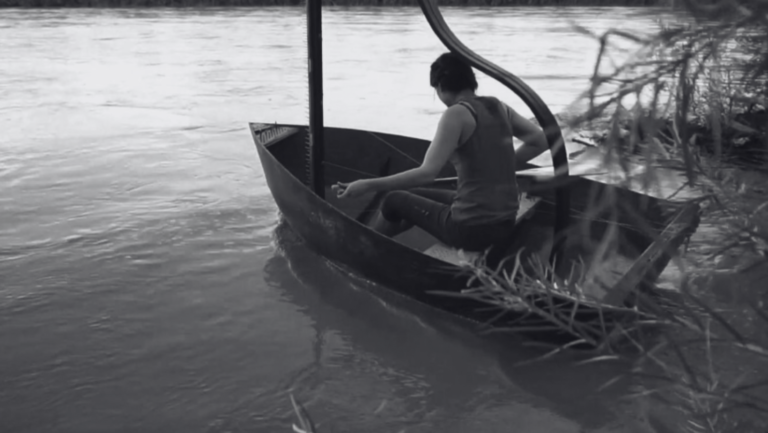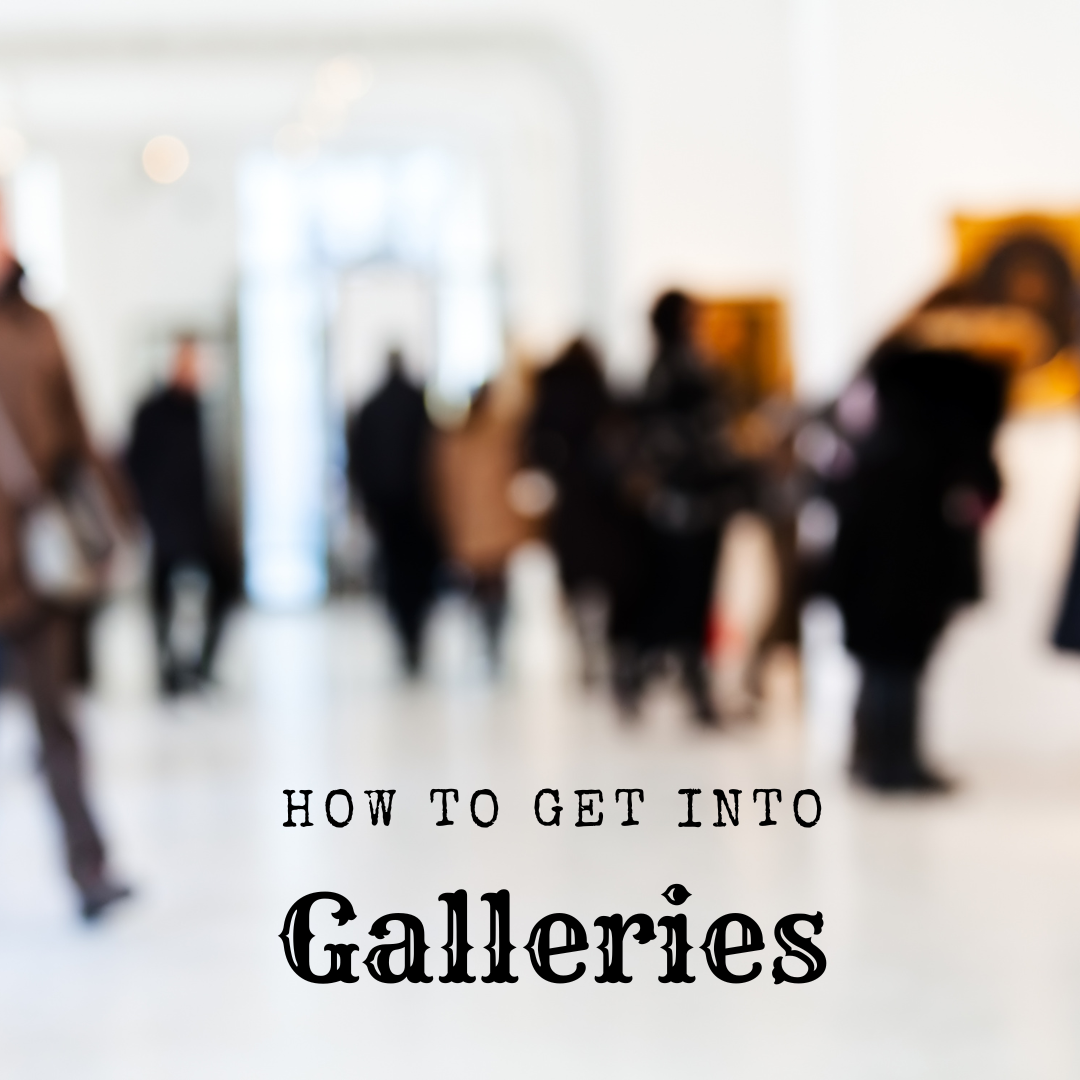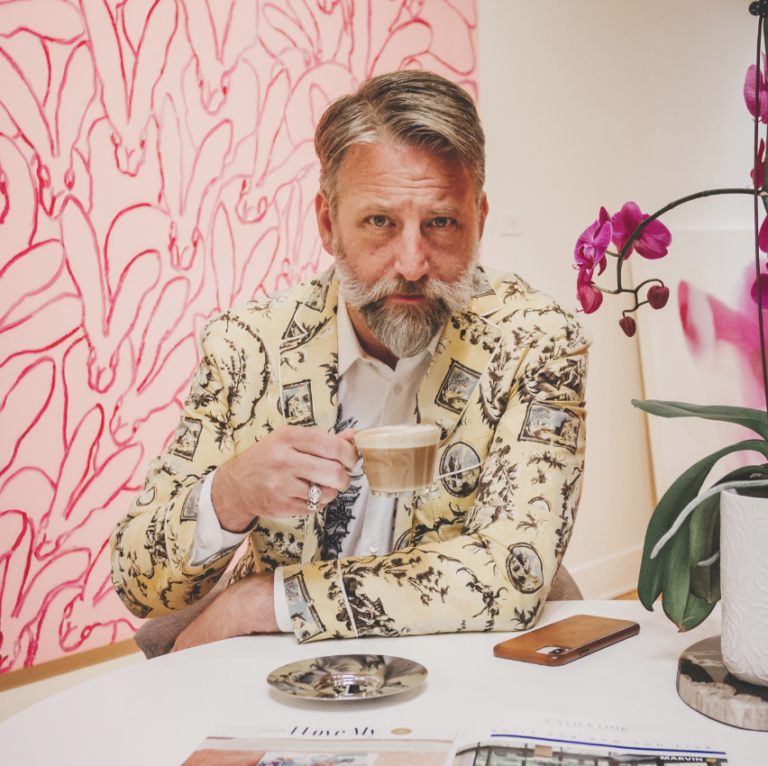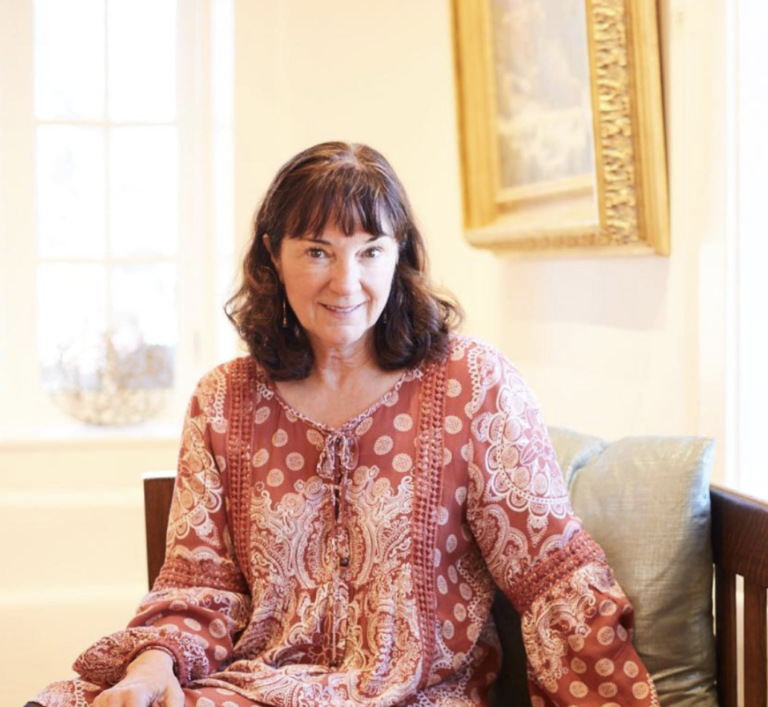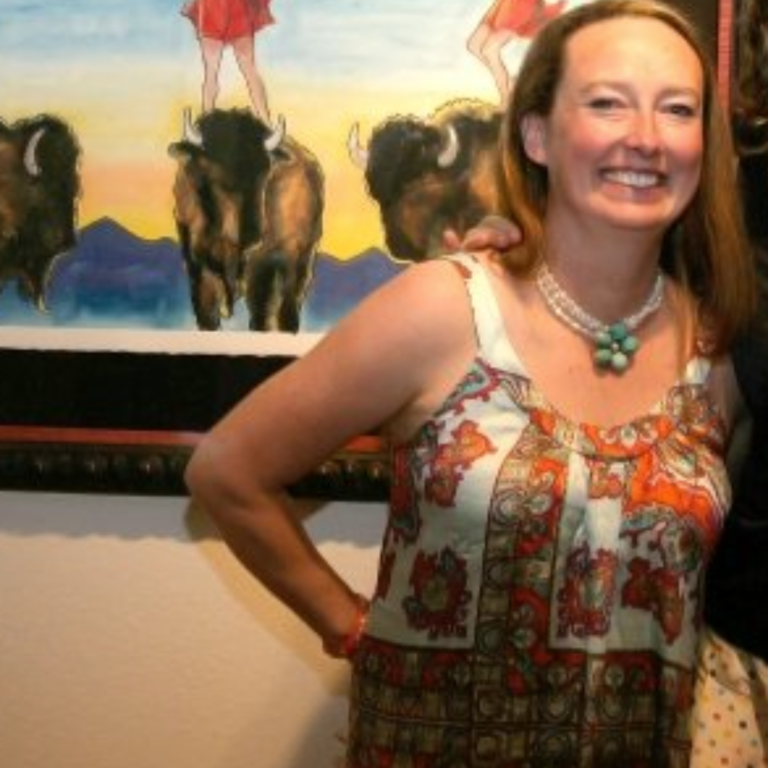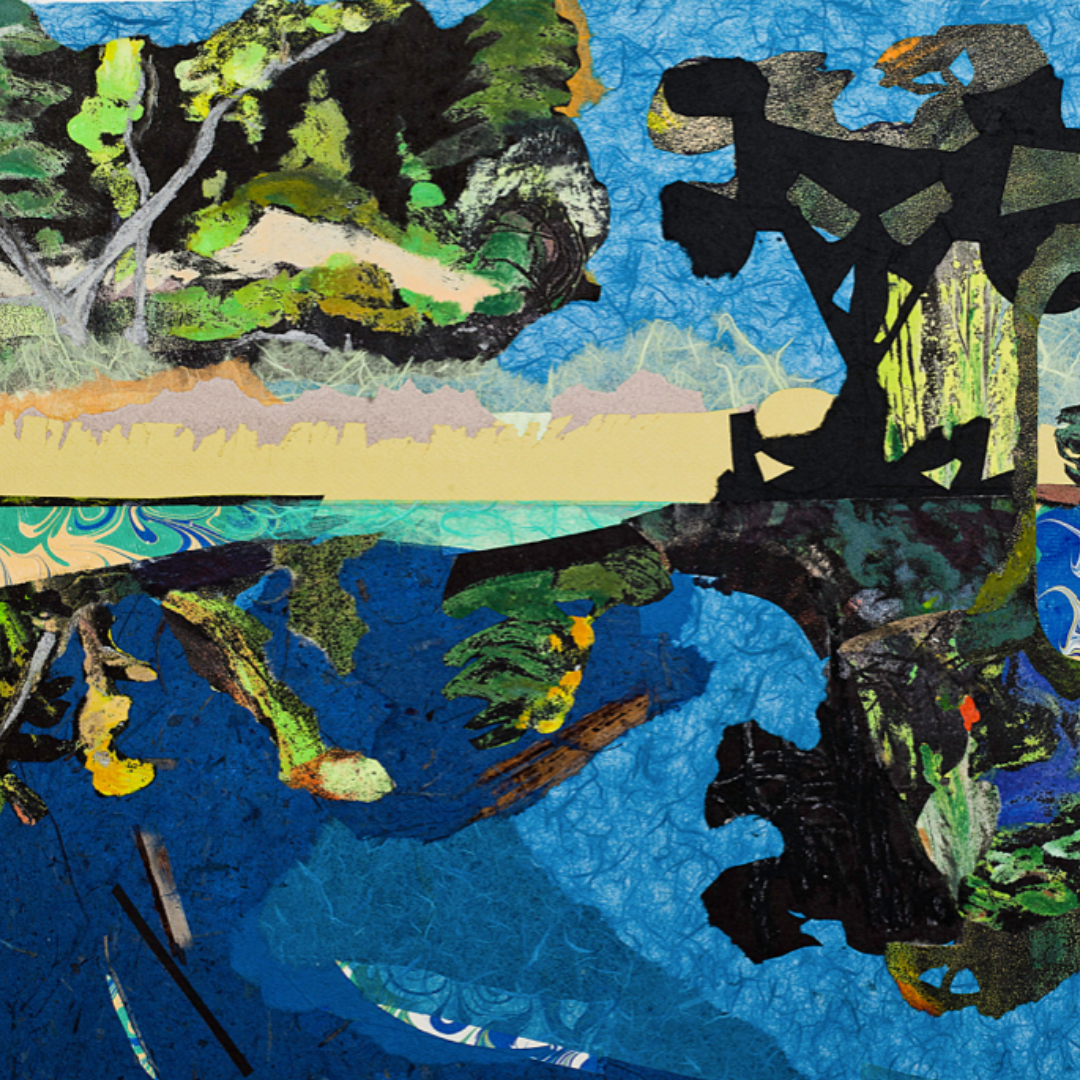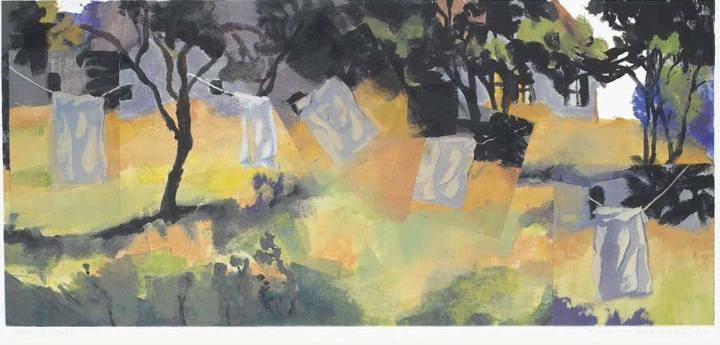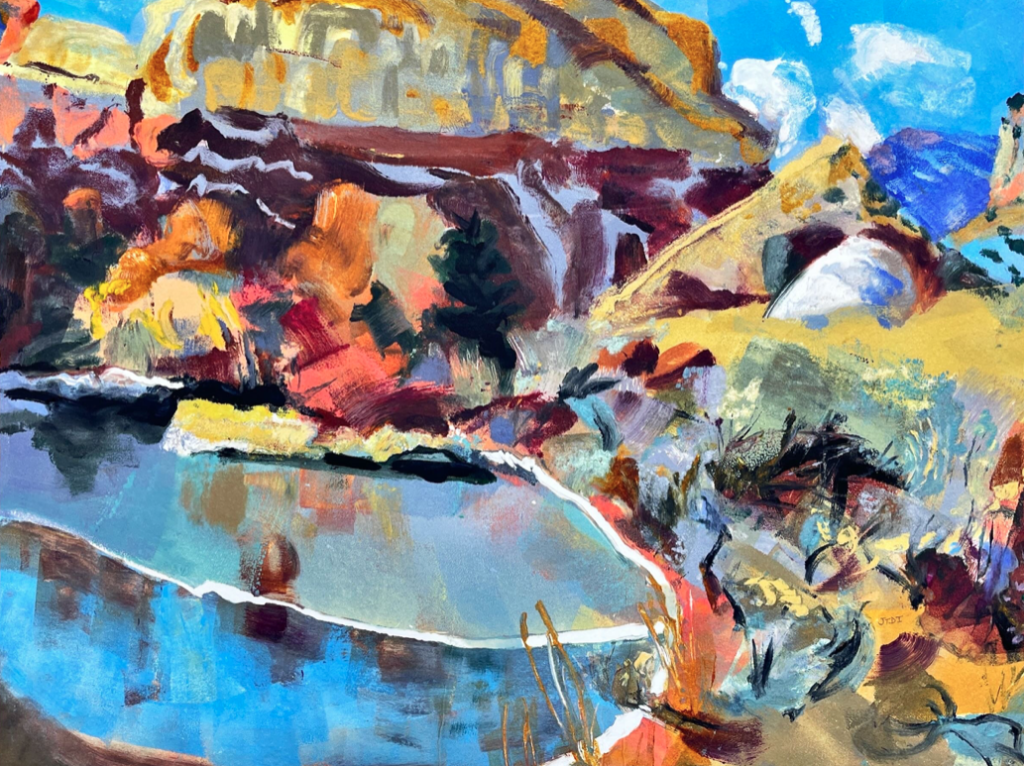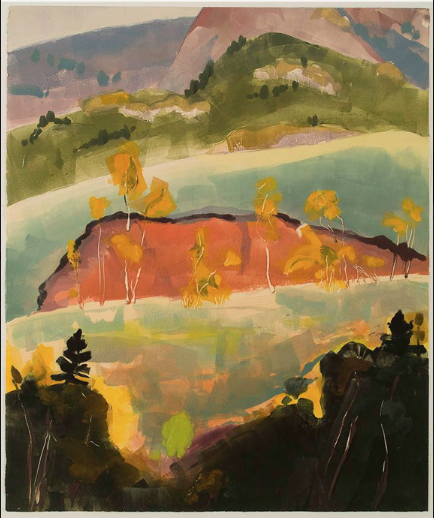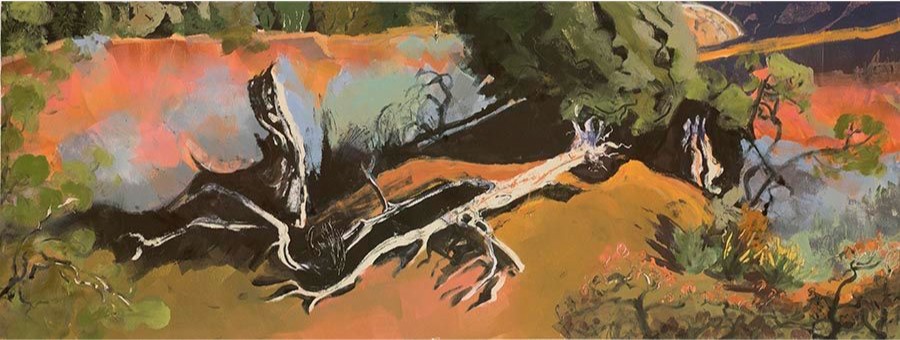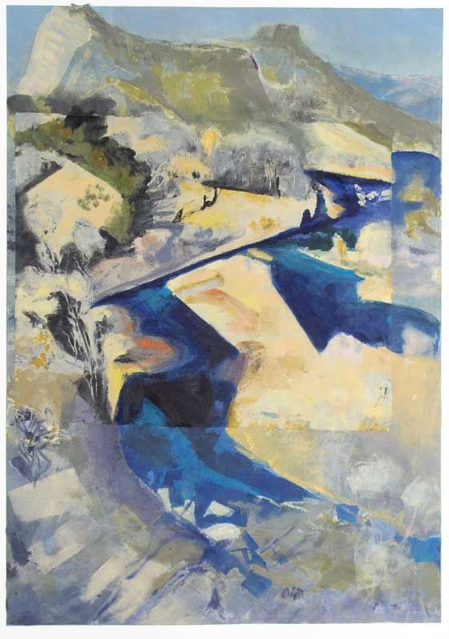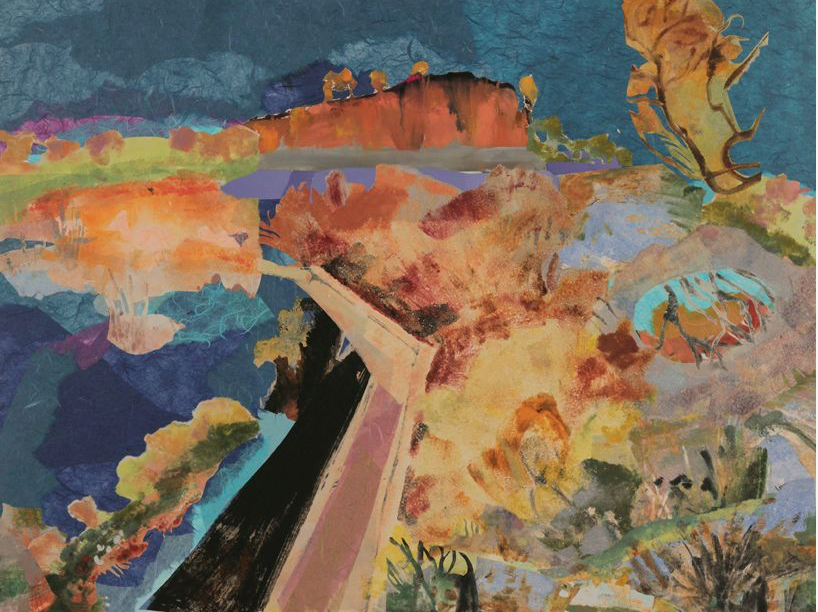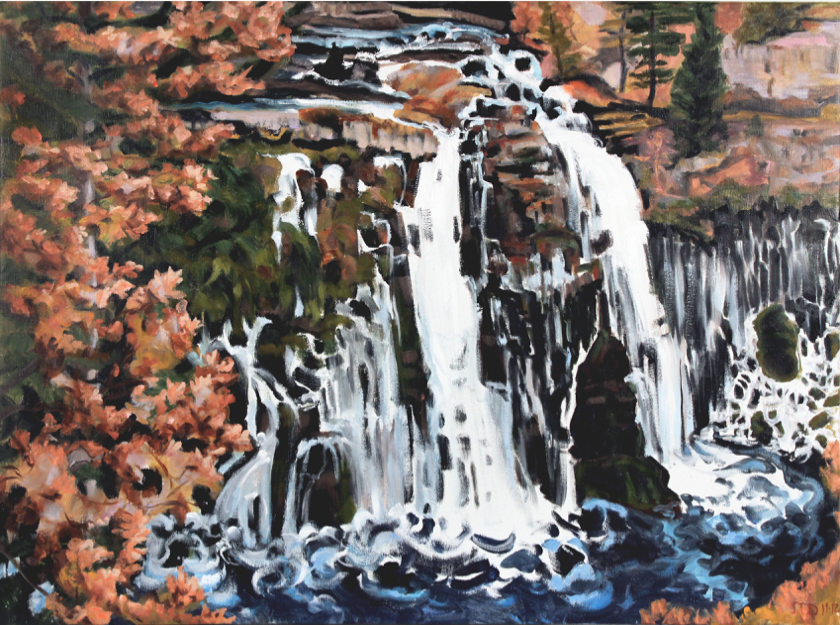An astute art collector once told me that whenever he’s in Manhattan, he visits the Whitney Museum so he can sit on the bench in front of their immense Jackson Pollock drip painting. He doesn’t do this because he likes the painting—he doesn’t even understand it. He visits the Pollock, he says, because he doesn’t like or understand it.
Recently, when I asked if the Pollock painting made sense to him yet, he said he thinks he understands it. Maybe. What did he understand, you wonder? I didn’t ask because, really, it doesn’t matter. I knew he wasn’t searching for proof of the painting’s validity; he had read plenty of critical essays on Pollock and the drip paintings to know how and why they were considered pivotal works in the American post-war art movement. And he is astute enough to understand that liking or disliking a work of art is a matter of personal taste.
So, why did he waste time looking at art he didn’t like? That question is exactly what I'm tackling this month.
But first, a disclaimer: Spending time with art that repulses you is not what I’m talking about here. I’m talking about stepping out of your comfort zone and exposing yourself to art you don’t understand. Maybe abstraction bothers you or conceptual installation or performance art. Whatever it is, just keep in mind that most artists are not willfully trying to upset you; they don’t even know you. So, next time you’re confronted with art that makes you angry enough to want to take a tire iron or can of spray paint to it, please just leave.
However, if you stay and allow your mind to plumb the depths of your unease, kudos! You are ready to take your understanding of art (and yourself) to the next level.
1. Think Like an Artist
As collectors, you are instinctively curious. You enjoy learning how and why something came into being. You love adding knowledge to your big brain. But sometimes art causes sharp negative reactions. It’s not always logical but it is always valid. When confronted with art that rubs you the wrong way, take a step back and consider why.
Note: your feelings are entirely yours; no one can make you feel anything. Exploring your reaction to art, i.e., participating in the experience, is what art is all about.
You might be interested to know that lots of artists have the habit of checking out art that bothers them. While it may sound like an unproductive afternoon spent with stuff that doesn’t support your own ideals, artists know something is happening internally when art gets under their skin and that internal disruption can lead to personal artistic breakthroughs.
I have been told by many artists that the act of making art is problem solving. There are a million decisions that go into every piece of art. No matter how realistic a painting might appear, for example, it is still a whole bunch of abstract brushstrokes laid side-by-side creating familiar patterns in the brain of the viewer that then signal recognition.
But when those abstract brushstrokes, no matter how they are configured, stir an emotion in you, the question you need to ask is: what am I picking up on and why?
Here's an interesting bit of science...
Art may ruffle your feathers for reasons beyond subject matter—or lack thereof. If you’re anything like Russian painter Wassily Kandinsky (1866-1944), color may affect you in strange and palpable ways. Kandinsky, a pioneer of abstract painting, had the neurological condition known as synesthesia. For people with synesthesia, the brain reroutes sensory information through other unrelated senses.
Within Kandinsky’s brain, music was assigned various colors. The sound of trumpets registered as red, for example, an old violin was orange. Violet connoted the deep tones of an English horn or a bassoon, light blue appeared with notes from a flute, and a cello shone as dark blue.
Kandinsky began his painting career depicting things more representationally but as he allowed music to play a bigger role in his work, his work became completely abstract, which he called painted symphonies.
Knowing what is rumbling around in an artist’s brain, such as Kandinsky’s, adds depth and character and connection not only to the work but to the artist as a person. Curiosity, I believe, is the key to unlocking this world.
2. Open Your Mind Through Discontent
The play “Art,” by Yasmina Reza centers around a white painting that one of the characters bought for $200,000. Serge, the proud owner, can’t wait to have his two best friends see the painting, but things don’t go as he’d hoped. Yvan is ambivalent and wishy-washy—much like he is in life—and Marc, the engineer, is aghast and feels affronted by his friend’s choice of a totally white canvas. He simply can’t understand why anyone would spend that much money on something that is, in his mind, “shit.”
The painting becomes the fourth character in the play. Its role is to goad the men into confronting deeper issues in their own lives as well as their friendship. Because of a painting, each man’s personal fears and foibles are laid bare. Ultimately, Serge, in utter frustration, hands a felt tip pen to Marc and invites him to draw on the painting if he thinks it’s so awful. (Spoiler alert: Marc does!)
There’s plenty of subtext here that begs the question: how do we deal with people who think differently than we do? Of course, when a friend’s taste in art, books, music, or movies leaves us wondering why someone we thought we knew actually liked that, we probably won’t kick them out of our lives, but something has shifted in the friendship.
While it’s silly to end a friendship over a painting, we do end friendships over personal opinions all the time. Consider the last time you had a constructive conversation with someone whose view on the environment or politics was the opposite of yours. Be honest. Did you both speak calmly and respectfully and, as a result, grow in your knowledge of an issue and your opinion of one another? Yeah, that’s what I thought.
In a recent essay for the New York Times, columnist David Brooks argues that society has become sad, lonely, angry, and mean “in part because so many people have not been taught or don’t bother practicing to enter sympathetically into the minds of their fellow human beings.” He suggests that the decline in people going to museums or galleries, attending classical music concerts, opera, or ballet may be part of the problem. Art, he insists, allows us access into other people’s worlds, which is how we learn empathy toward one another. Without an appreciation for art, he believes, we struggle to get along.
3. Expand Your Mind
Today we love the Impressionists. In the late 1800s, however, the term “impressionism” was coined by critic Louis Leroy to make fun of the 30 painters who had banded together to hold their own exhibitions because the salons in London and Paris refused their work. This isn’t an anomaly in the art world; it continues to happen to this day. But it does shine a light on the difficulties artists face when exploring new forms of expression.
For collectors who have been at it for a while, your concept of what is good art has probably changed and evolved, too. You may even have a few pieces of art relegated to back bedrooms or closets. These things just don’t speak to you any longer; you’ve moved on.
Consider for a minute, why. Was it that you’ve seen much more art and have a broader knowledge of how things are made, and the level of skill required? Do you have a better understanding of creativity and artistry and the bravery that went into a piece of art? Are you no longer challenged by those older works?
Perhaps part of your evolution as a collector came with a desire to be more of an active participant, to feel more engagement with the things surrounding you. Engaging with art may mean it’s challenging you, but it also may mean that it is allowing you to disengage from your day-to-day work and let your brain live in a different, more creative headspace for a while.
Consider This
If art is resonating with you, something is present in your body, your mind, and your emotional makeup that hears its name being called. That’s what’s happening: the art is calling to you.
Sometimes a work of art is calling to you but it’s making you uncomfortable because you don’t understand what’s happening. Take a chance, if you’re up for it, and approach this work as if you’re on a quest for knowledge and understanding of art. But really, the search is for a deeper understanding of yourself.
